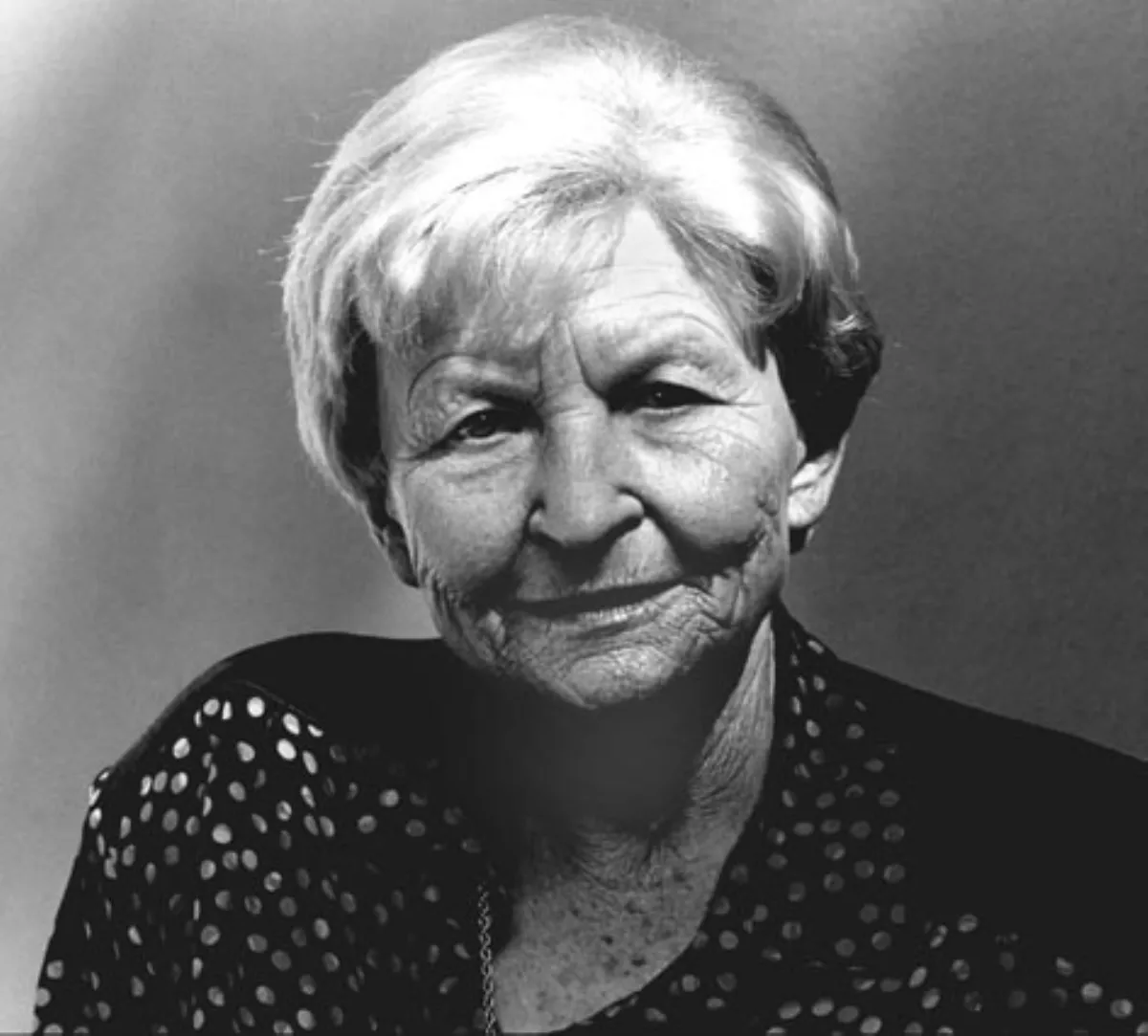 1.
1. Marija Gimbutas was a Lithuanian archaeologist and anthropologist known for her research into the Neolithic and Bronze Age cultures of "Old Europe" and for her Kurgan hypothesis, which located the Proto-Indo-European homeland in the Pontic Steppe.